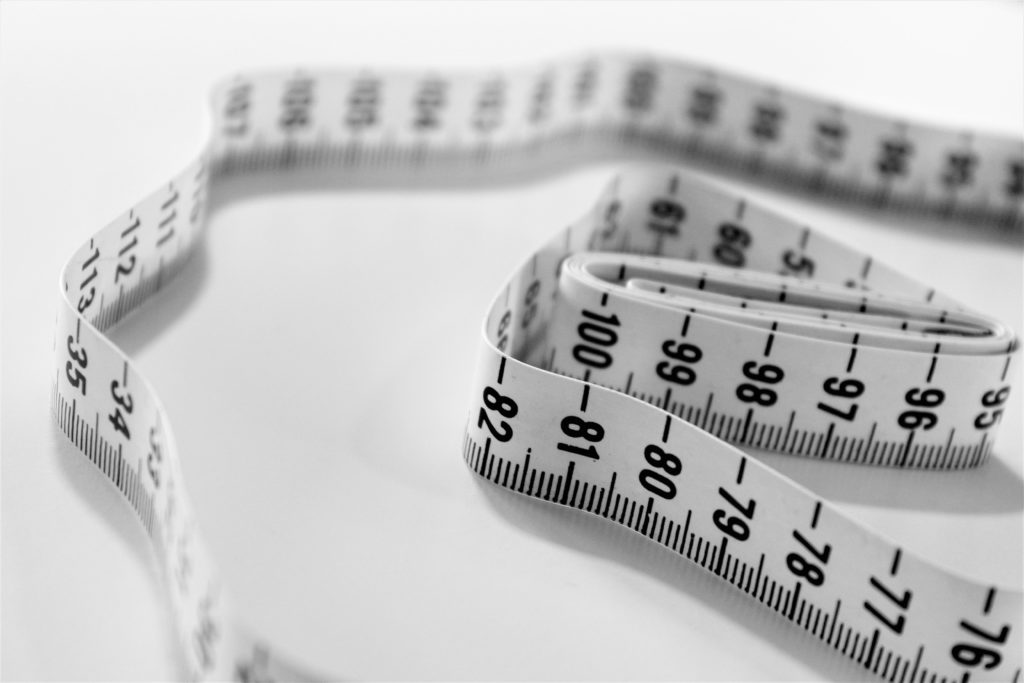“Those who think they have no time for bodily exercise will sooner or later have to find time for illness.” ~ Edward Stanley
Weight gain is a dangerous side effect of a sedentary lifestyle.
In a study published in the International Journal of Obesity, one in four working women and up to one in five working men gained weight on the job in a single year.
No surprise right?
A typical workday can leave you stressed, tired – and fat.
Now take a look in the mirror. Where do you carry your weight?
The best predictor of your future health is your body shape. Where you carry your weight is more important than how much weight you carry. With a simple measuring tape placed just above your hip bones, you can quickly learn if your health is at risk.
A waist circumference of 35 inches (88cm) for women and 40 inches (102cm) for men indicate an increased risk for high blood cholesterol, insulin resistance and hypertension.
HERE’S THE BAD NEWS
 Belly fat – also known as visceral, abdominal or omentum fat – is not just unsightly to look at. When you continue to work long hours, miss workouts, eat processed meats and meals high in fat, visceral fat grows into a metabolically active organ that can cause serious damage.
Belly fat – also known as visceral, abdominal or omentum fat – is not just unsightly to look at. When you continue to work long hours, miss workouts, eat processed meats and meals high in fat, visceral fat grows into a metabolically active organ that can cause serious damage.
Visceral fat poisons the liver, our nutrient storage house.
About 80% of cholesterol is naturally produced by the liver. Cholesterol is an important building block for cell membranes and hormones like estrogen and testosterone.
The rest is from our diet.
So when we consume large portions of dairy, beef, poultry and fish, the liver will produce and then release too much bad cholesterol which ends up clinging on the artery wall, narrowing the path for blood to go through. High blood bad cholesterol lead to heart disease and stroke.
Visceral fat blocks muscle from using the carbohydrates we need for energy.
Our pancreas completes the job of breaking down the food we eat by secreting hormones like insulin to stimulate muscle cells to use glucose for energy.
The accumulation of visceral fat triggers insulin resistance, the inability of insulin to properly metabolize carbohydrates causing a spike in blood insulin levels, the leading cause of type 2 diabetes.
Visceral fat squeezes our kidneys.
Our kidneys manage blood pressure and remove the wastes in our bloodstream in the form of urine.
When the kidneys are compressed from excess abdominal fat, waste builds up in the bloodstream causing our heart to work harder than it should to filter and remove waste resulting in fluid retention – swollen hands and ankles – and high blood pressure.

GOOD NEWS
With small changes in eating habits and slight increases in physical activity, you can reverse the amount of visceral fat you carry.
I can hear you say already … “It’s too expensive to eat better!” “I have no time to work out!” “Where do I even start?”
Stop it! Stop thinking it’s too hard to be healthy and start thinking it will suck to be sick!!!
Are beans, grains, vegetables and nuts really more expensive than lean cut meat and dairy produce?
Decrease consumption of processed meat which include hamburgers, hotdogs, steak and lean cut meats and replace it with larger portions of spinach, broccoli, cauliflower and other colourful vegetables.
Inflammatory chemicals are released when meat is digested leading to a host of systemic inflammatory responses.
By incorporating a more plant-based diet, we help our body by providing it with foods that facilitate optimal organ function.
Value your health and purchase foods that nourish your body and keep you healthy, longer. Your payback is better health and lower risk of chronic disease.
If planning nutrient dense meals for the week and interval fitness training are new to you, I highly recommend you consult with a fitness specialist at your gym, hire a personal trainer and/or access your local fitness nurse.
Want to learn more about visceral fat and how you can get rid of it? Contact me today to book your complimentary visceral fat measurement and nutritional review.
